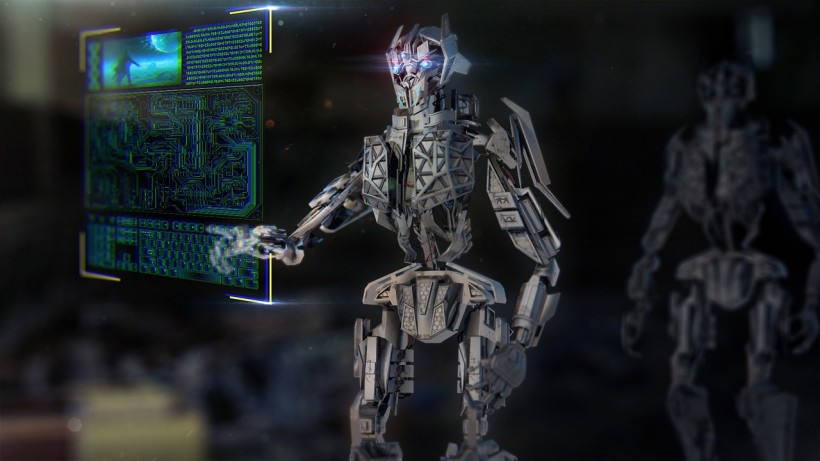A group of researchers in South Korea has developed soft robots that can self-destruct and dissolve into residue, leaving minimal traces behind. It is a significant advancement in the robotic field.
According to Science X Network, the Korean researchers have crafted robots capable of self-destructing, leaving behind nothing but an oily residue, thus opening up intriguing possibilities for various applications.

Soft Robots in South Korea Can Self-Destruct
The researchers reportedly spent two years working on flexible materials that could uphold a fully operational robot but can also disintegrate when specific substances interact.
Soft robots are usually adaptable and versatile which can mimic natural movements and behaviors. However, the ability to self-destruct has been unexplored until now.
Such a feature could allow these robots to dissolve into a liquid state and, in effect, disappear after completing a task. Thus, this new technology can be used in military operations for intelligence gathering.
These soft robots, which can be used for surveillance, scouting, and transport missions, can protect sensitive data integrated into them.
Enabling them to undergo self-destruction reduces the likelihood of critical data falling into the hands of adversaries or unauthorized individuals.
These robots can also be used for delicate tasks like search missions in dangerous or unreachable areas, where retrieval could be challenging or expensive.
Min-Ha Oh, a graduate student at Seoul National University who contributed to the project, said: "We have mimicked death in a life cycle where the robot could end itself."
Previous soft robots made with thermoset silicone elastomer faced obstacles to self-destruct. The material's resistance to heat, acids, and chemicals made it unacceptable for self-demolition.
On the other hand, thermoplastic elastomers could be melted, but they could reconstruct themselves as polyurethane. To overcome these challenges, the Korean researchers worked on a substance to silicone resin that, when exposed to UV light, releases fluoride ions.
The robot starts disintegrating when researchers trigger built-in UV LEDs to initiate the heating process. Within less than two hours, the robot decomposes, leaving behind an oily liquid residue.
"We fabricated a highly deformable and fully degradable gaiting robot and demonstrated it in a hypothetical scouting scenario," Oh noted.
"Under certain scenarios wherein disintegration is desired, including mission completion, discovery by enemies, or disposal requiring volume reduction, the robot can be exposed to UV light and disintegrate into an unrecoverable form," the Korean researcher added.
Read Also: This 3D-Printed Soft Robotic Gripper Can Operate Without Electronics - How Does It Work?
Self-Destructing Mechanisms
The concept of self-destructing mechanisms has yielded intriguing developments across various domains. Researchers from the University of Houston devised circuitry that self-destructs upon exposure to water molecules, finding applications not only in warfare but also in medical contexts.
Additionally, a collaboration between Cornell University and Honeywell Aerospace led to the creation of chemical packets embedded in processors that dissolve all chips upon receiving a remote "kill signal."
Such innovations are not confined to academia and research. The Pentagon has developed a glider capable of flying an impressive distance before disappearing within hours.
Amazon also ventured into the field, filing a patent for a self-destructing delivery drone. In the event of malfunctions, these drones would fly to remote areas and disintegrate into smaller pieces, reducing the risk of harm or property damage.
The findings of the Korean research team were published in the journal Science Advances on August 25.
Related Article: Scientists Create Pangolin-Inspired Medical Robot for Precise Stomach Surgeries









